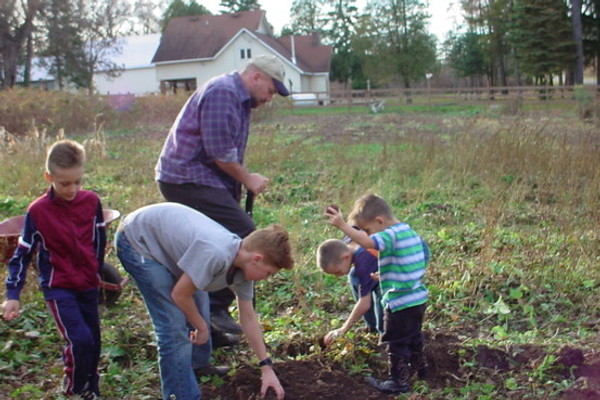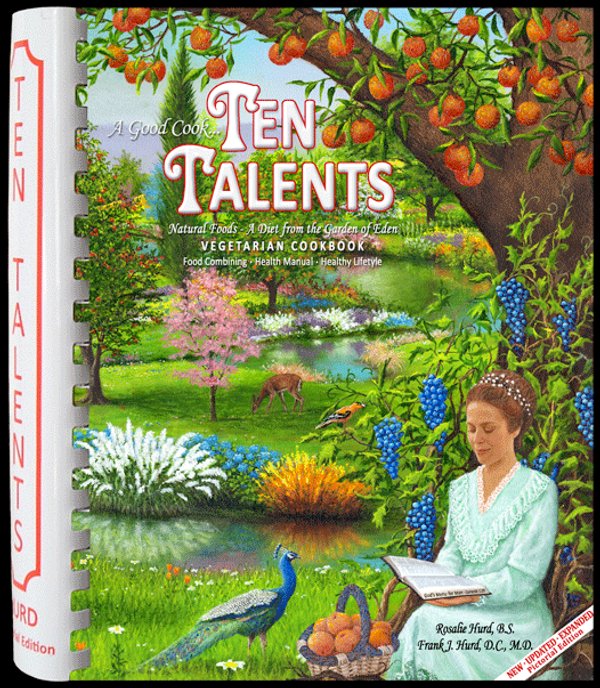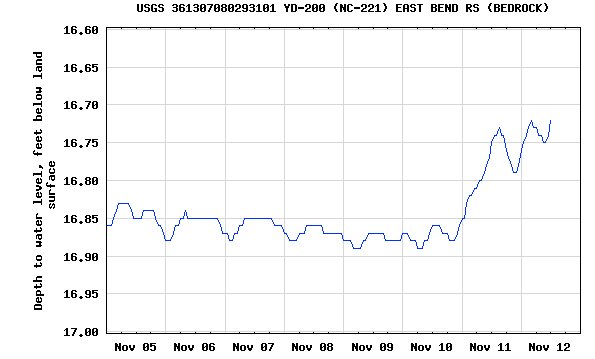I’m an experienced sprouter, and I’ve meant to experiment with sprouted wheat bread for a long time, but I never got around to it until today. Why sprouted wheat? The grain is much more nutritious after it’s sprouted, and it’s said to have other healthy virtues. The bread turned out very good — surprisingly light with a moist crumb and chewy texture.
I used a quart of sprouts (having started with a cup of wheat kernels). I ground the sprouts very thoroughly in the food processor. After grinding, they looked pretty much like dough made from whole wheat flour. To that I added half a cup of water with the yeast, about three-quarters of a cup of King Arthur whole wheat flour, and about half a cup of flax seed meal. I’ve included pictures to show that the dough looked, and behaved, pretty much the same as whole wheat flour.





